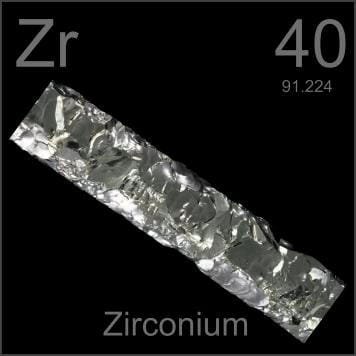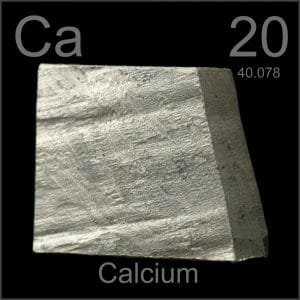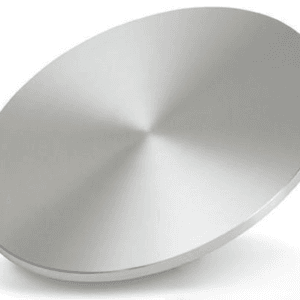Zirconium Oxide with Calcium Oxide Sputtering Target Description
 Zirconium, symbolized by Zr and with atomic number 40, is a lustrous, grey-white transition metal. It closely resembles hafnium and, to a lesser extent, titanium. Primarily used as a refractory and opacifier, zirconium also serves as an alloying agent due to its corrosion resistance. It forms various inorganic and organometallic compounds, including zirconium dioxide and zirconocene dichloride. Out of its five natural isotopes, three are stable. Zirconium compounds do not have known biological roles.
Zirconium, symbolized by Zr and with atomic number 40, is a lustrous, grey-white transition metal. It closely resembles hafnium and, to a lesser extent, titanium. Primarily used as a refractory and opacifier, zirconium also serves as an alloying agent due to its corrosion resistance. It forms various inorganic and organometallic compounds, including zirconium dioxide and zirconocene dichloride. Out of its five natural isotopes, three are stable. Zirconium compounds do not have known biological roles.
 Calcium, derived from the Latin *calx* meaning lime, was first identified in 1808 by H. Davy, who also accomplished its isolation. The canonical symbol for calcium is “Ca,” and it has an atomic number of 20. Located in Period 4, Group 2, and the s-block of the periodic table, calcium has a relative atomic mass of 40.078(4) Dalton, with the number in brackets indicating uncertainty.
Calcium, derived from the Latin *calx* meaning lime, was first identified in 1808 by H. Davy, who also accomplished its isolation. The canonical symbol for calcium is “Ca,” and it has an atomic number of 20. Located in Period 4, Group 2, and the s-block of the periodic table, calcium has a relative atomic mass of 40.078(4) Dalton, with the number in brackets indicating uncertainty.
Related Product: Zirconium Sputtering Target, Calcium Sputtering Target.
Zirconium Oxide with Calcium Oxide Sputtering Target Specifications
| Material Type | Zirconium Oxide with Calcium Oxide |
| Symbol | ZrO2/CaO |
| Color/Appearance | Solid |
| Melting Point | / |
| Density | / |
| Available Sizes | Dia.: 2.0″, 3.0″, 4.0″, 5.0″, 6.0″ Thick: 0.125″, 0.250″ |
We also offer other customized shapes and sizes of the sputtering targets; please Contact Us for more information.
Zirconium Oxide with Calcium Oxide Sputtering Target Applications
Packing
Our Zirconium Oxide with Calcium Oxide Sputtering Targets are clearly tagged and labeled for efficient identification and quality control. We ensure they are carefully handled to prevent any damage during storage or transportation.





Reviews
There are no reviews yet.